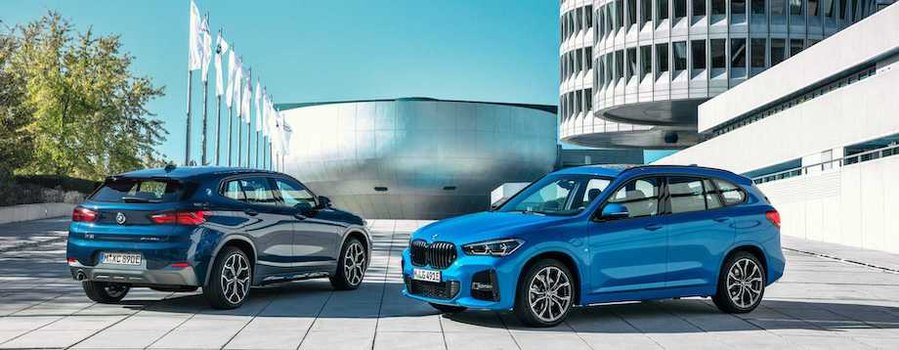2020 BMW X2 Plug-In Hybrid Revealed, Please Welcome the X2 xDrive25e

BMW already has a performance-oriented version of the X2 in the guise of the M35i xDrive, and for 2020, the Bavarians have come up with a more efficient option as well.
Enter the X2 xDrive25e, a plug-in hybrid with the same drivetrain specifications as the X1 xDrive25e. A lithium-ion battery with a capacity of 10 kWh allows the compact crossover to travel up to 57 kilometers in all-electric mode, translating to 35 miles under the Worldwide Harmonized Light Vehicle Test Procedure.
As for internal combustion, an inline-three turbo engine utilizes gasoline to produce bangs to the tune of 125 PS (123 horsepower) and 220 Nm (162 pound-feet) of torque. The e-motor driving the rear axle is rated at 95 PS (94 horsepower) and 165 Nm (122 pound-feet), featuring a single-speed transmission in addition to the Steptronic six-speed automatic that drives the front wheels of the PHEV.
Want to talk about performance? As it happens, the combined output matches that of the X2 M35i xDrive but acceleration favors the M Performance model for obvious reasons. BMW quotes 6.9 seconds to 100 km/h (62 mph) and a top speed of 195 km/h (121 mph) while all-electric mode operates up to 135 km/h (84 mph).
The question is, why did BMW transplant the drivetrain from the X1 to the X2? First and foremost, it was easy for the engineers thanks to the shared UKL2 vehicle architecture. And secondly, crossovers are big business in Europe as of late, eating up the market shares of the once-popular wagon and multi-purpose vehicle.
25 percent of vehicles sold by the BMW Group in Europe by 2021 are expected to be electrified, and by 2025, the Bavarians gear up for 33 percentage points. By the end of 2022, the automaker plans to launch 25 more electrified vehicles.
So how much does it take to charge the X2 xDrive25e up from zero to 100 percent? BMW says less than 3.2 hours if you have the BMW i Wallbox installed in your garage. Using a conventional household socket running 220 volts, the battery charges in around five hours.
Related News
